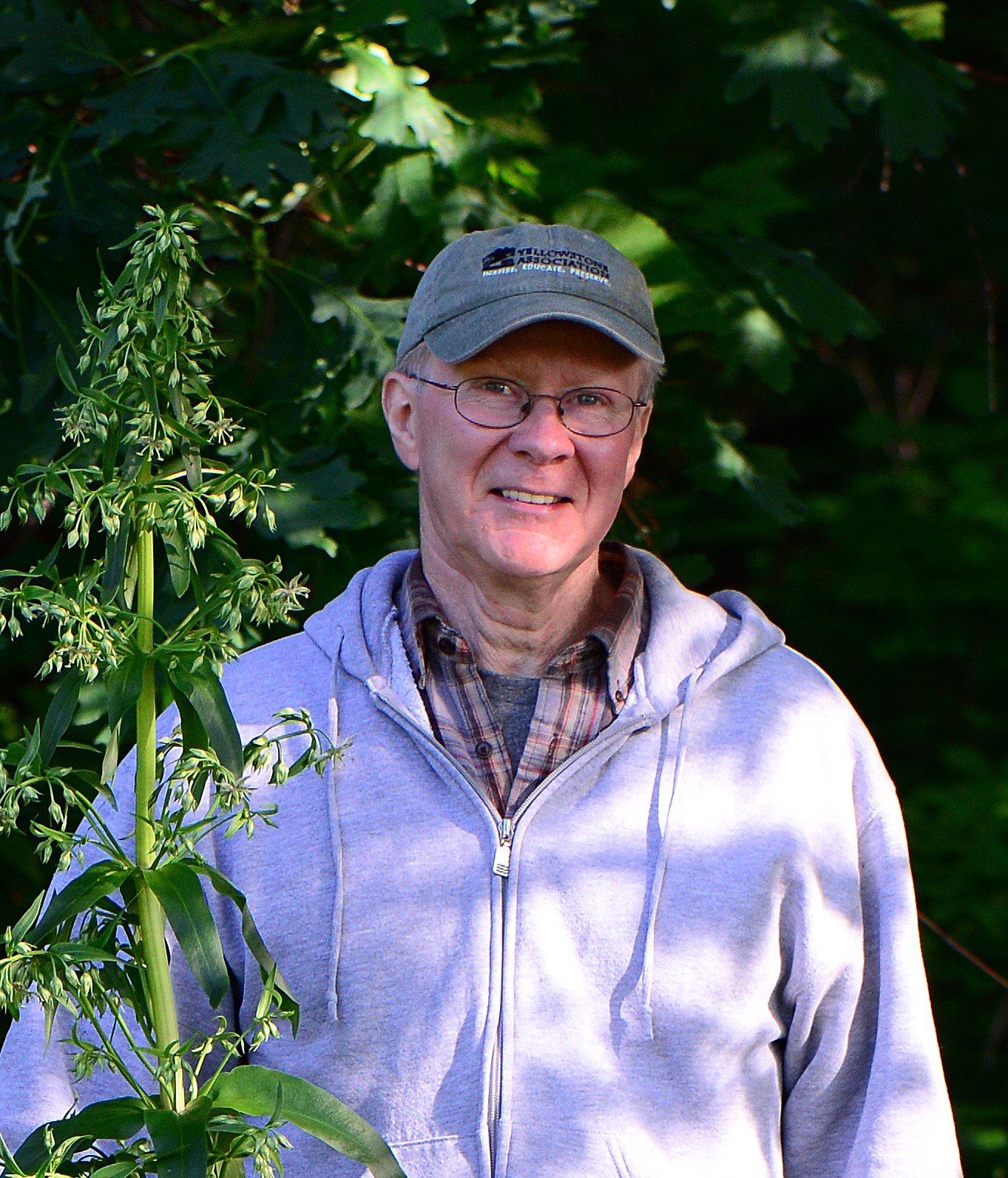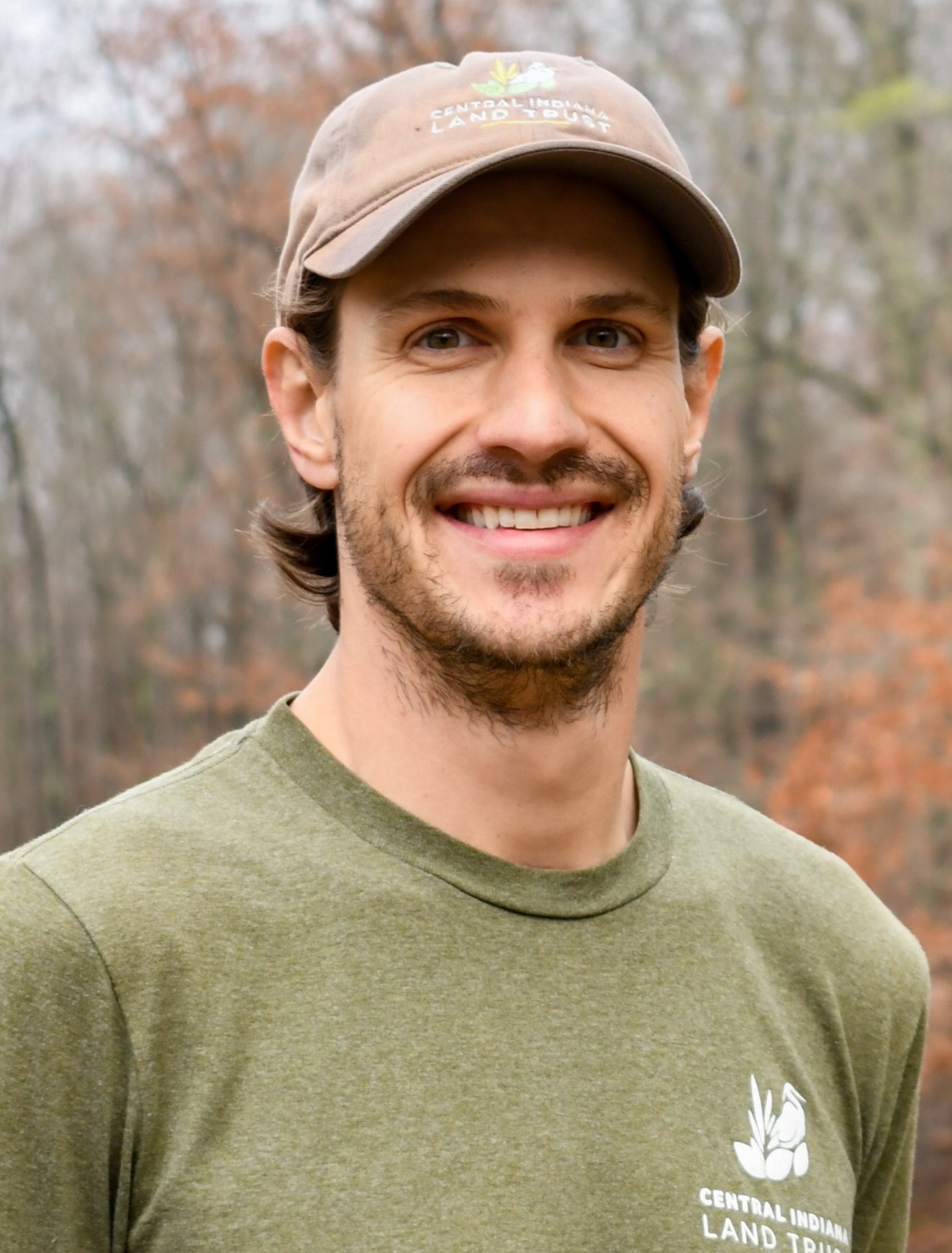
DJI_0143 res for blog post
Controlled burn at Nonie Werbe Krauss Nature Preserve
Supporting a Prairie Preserve with Fire
Written By: Phillip Weldy
Date Published: April 4, 2024
Phillip Weldy
With a high plant diversity and stable plant populations, a prairie can provide habitat for a plethora of insects and birds. That’s one thing that makes our Nonie Werbe Krauss Nature Preserve so special. Almost 90 species of birds have been found on CILTI’s only prairie habitat nature preserve.
But that habitat can easily degrade without proper stewardship. We consider prescribed fire a key part of this site’s management plan. Among the many tools in our toolbelt for land management, prescribed fire is one of the most wholistic and rapidly growing management practices for land preservation.
It might seem counterintuitive to seemingly destroy a habitat with fire in order to preserve it, but in the long term, prescribed fire is incredibly beneficial. Every system at its foundation needs good soil to allow plants to thrive.
When a fire moves across a prairie, it burns up the dead grasses and leaves, returning some of the nutrients locked in the debris to the soil in a form readily usable by plants and microbes. The removal of the duff also lets sunlight shine directly on the exposed earth. That encourages new growth in young sprouts that could otherwise be smothered. It also fosters microbial growth by warming the soil.
With a fresh start, the playing field is leveled a bit. Fire helps keep populations of aggressive plants under control while fostering growth of less competitive species.
Another benefit of prescribed fire is keeping invasives species out. Being an urban nature preserve, Nonie Werbe Krauss has invasive pressure from all angles, particularly in the form of Callery pear and Amur honeysuckle. These species don’t tolerate fire well. Burning the prairie helps control them while saving CILTI staff time and resources that would otherwise go into treating these plants with herbicide.
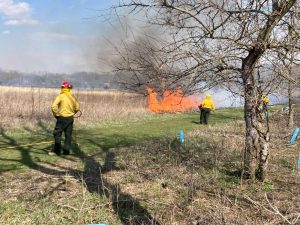
Davey Resource Group conducting controlled burn
Fostering better soil and native plant species while at the same time minimizing the presence of invasive plant species sounds like a win-win!
In March, Davey Resource Group conducted this year’s prescribed burn at Nonie Werbe Krauss.
The difference between a prescribed fire (which is good) and a wildfire (which can be bad) is control. Burns are planned for a window of time when no animals are active in the fall/winter/spring. The fire crew prioritizes the safety of the crew and the safety of the areas surrounding the prescribed area. To that end, there is extensive site preparation before the burn to ensure that 1) everyone on the crew has proper equipment, 2) there is ample water on hand, and 3) all flammable material within perimeter lines has been removed.
A burn typically begins with the fire burning against the wind, which makes for a slow burn and consumes all the fuel as the fire creeps along. This is called a back-burn. With a much wider perimeter established now because of the area that has already been burned, a fire can be ignited at another area upwind. The flames will burn faster and hotter as the wind drives it towards the back-burn. This process can be repeated until the entire area is burned.
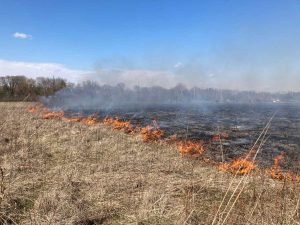
Burn site
Nonie Werbe Krauss Nature Preserve was due for another burn, and the thoroughness of the burn area is striking. As anyone driving by the preserve on Eller Rd. or 116th can see, the prairie looks dramatically different post-burn.
But if you want to see what a prairie looks like freshly burned, don’t wait to visit! The plants have already sprouted, mere days after the fire, and it won’t be long before the prairie is teeming with flowers and birds once again.
For more about the use of fire as a restoration method, see this article from the National Park Service.
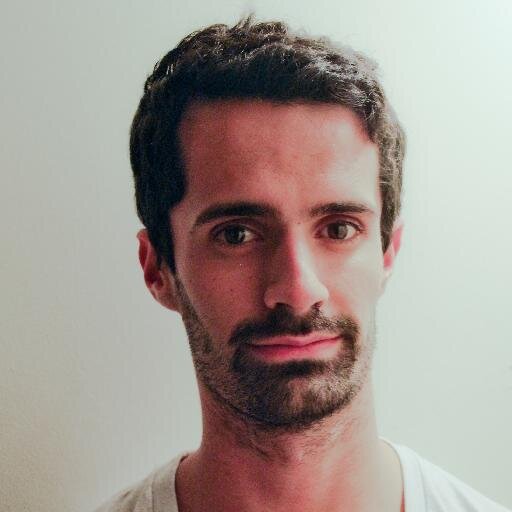
Ben Valentine
Guest Blogger
Ben Valentine is a founding member of the Friends of Marott Woods Nature Preserve and is active in several other conservation organizations. He leads a series of NUVO interviews with Indiana's environmental leaders, and he cherishes showing his son all the wonders of nature he grew up loving.

DJ Connors
Guest Blogger
DJ Connors, a Central Indiana native and late-to-life hunter, combines a lifelong appreciation for wildlife and the outdoors with a deep passion for exploring the natural beauty of the area he has called home for most of his life. As a husband and father of three, he is committed to ensuring his children have the same opportunities to connect with nature and appreciate the outdoors in their community. DJ’s unique journey into hunting emphasizes sustainability, responsible stewardship, and the importance of preserving these experiences for future generations.

Bridget Walls
Guest Blogger
Bridget is our first ever Communications and Outreach Intern. She is a graduate of Marian University, where she combined English, studio art, and environmental sciences in her degree studies. As treasurer for Just Earth, the university's environmental club, she helped plan events encouraging a responsible relationship between people, nature, and animals.

Jordan England
Guest Blogger
Jordan England is a lifelong Shelby County resident who graduated from Waldron Jr. Sr. High School (just a few miles from Meltzer Woods!). After earning her B.S. degree in Retail Management from Purdue University, she returned to Waldron to start a family with her husband, Brian. Together they have 3 young children and enjoy sharing with them their love of the community. Jordan is the Grants and Nonprofit Relations Director at Blue River Community Foundation, managing BRCF’s grant program, providing support to local nonprofits, and promoting catalytic philanthropy in Shelby County.

Cliff Chapman
President and CEO
As CILTI’s President and CEO, Cliff keeps CILTI’s focus on good science and stewardship. He’s mindful that the natural places you love took thousands of years to evolve and could be destroyed in a single day, and that knowledge drives his dedication to their protection.
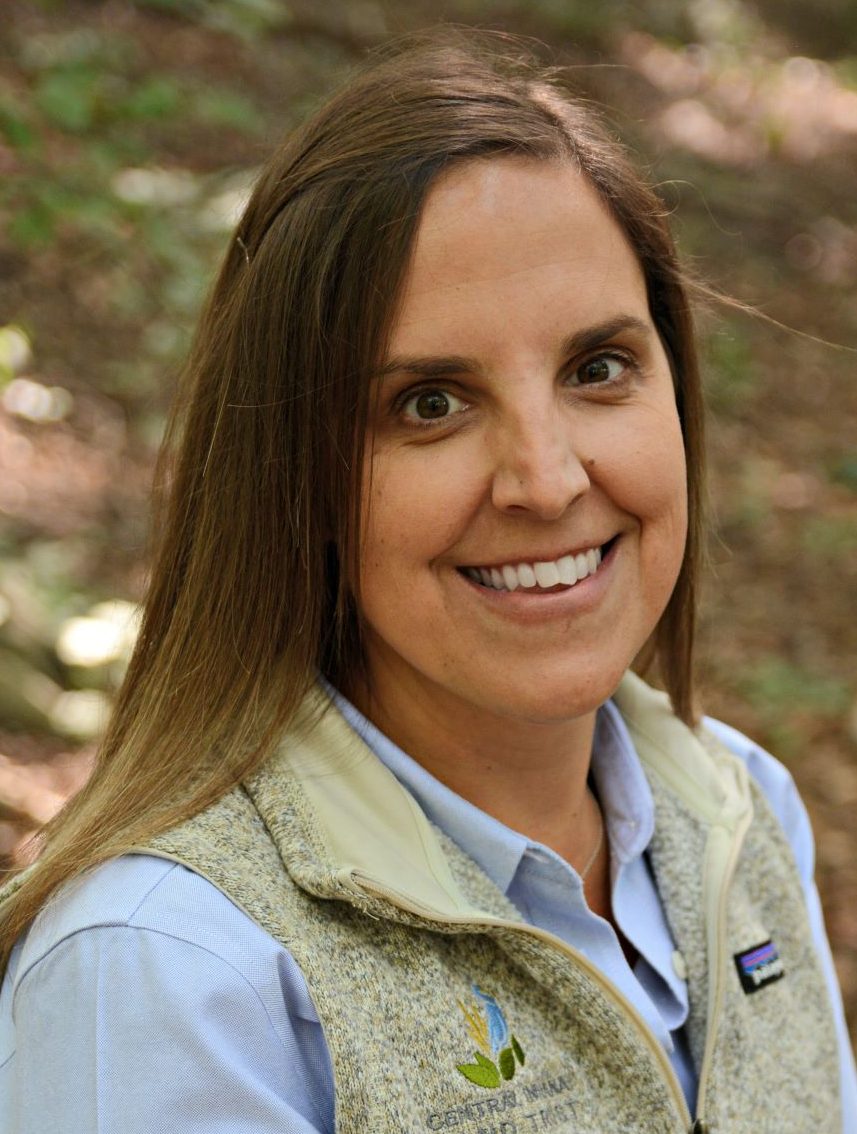
Stacy Cachules
Chief Operating Officer
Among her many key duties as Assistant Director, Stacy has the critical task of tracking our budget, making sure we channel donations for maximum efficiency. When her workday’s done, Stacy loves to spend time with her two young boys—and when not traveling, she’s likely planning the next travel adventure.

Ryan Fuhrmann
Vice Chair
Ryan C. Fuhrmann, CFA, is President and founder of Fuhrmann Capital LLC, an Indiana-based investment management firm focused on portfolio management. Ryan’s interest in land conservation centers around a desire to help preserve natural habitats for wildlife and the subsequent benefits it brings to people and the environment.

Joanna Nixon
Board Member
Joanna Nixon is the owner of Nixon Consulting, an Indianapolis-based strategy and project management firm focused on the nonprofit sector. She currently serves as the Philanthropic Advisor for the Efroymson Family Fund. Prior to opening her consulting practice in 2000, Joanna was vice-president for grantmaking at Central Indiana Community Foundation (CICF). Joanna has more than 25 years of experience in the nonprofit and arts and culture sector. She is passionate about the environment and loves bringing big ideas to life and creating high-quality arts and culture programs and experiences. Joanna enjoys outdoor adventures, including competing in fitness obstacle course races and hiking with her high energy Australian Cattle Dog, Jackson.

Karen Wade
Board Member
Before retiring, CILTI board member Karen Wade worked for Eli Lilly & Co. In retirement she volunteers for a number of organizations, including the Indiana Master Naturalist program, Johnson County Native Plant Partnership CISMA, Meadowstone Therapeutic Riding Center, and Leadership Johnson County.

David Barickman
Development Systems Manager
Born and raised in Central Illinois, David spent many days as a child wandering around the river, forest and lakes there. He works behind the scenes as a key member of our fundraising team. When not working, David loves to be outdoors hiking, fly fishing, kayaking or woodworking.

Jamison Hutchins
Stewardship Director
Jamison leads our stewardship team in caring for the land that is so important to you. He comes to our team after eight years as Bicycle and Pedestrian Coordinator for the city of Indianapolis, where his work had a positive impact from both health and environmental perspectives.

Jen Schmits Thomas
Media Relations
An award-winning communicator and recognized leader in Central Indiana’s public relations community, Jen helps us tell our story in the media. She is the founder of JTPR, which she and her husband John Thomas own together. She is accredited in public relations (APR) from the Public Relations Society of America, and loves to camp and hike in perfect weather conditions.

Shawndra Miller
Communications Director
Shawndra’s earliest writing projects centered around the natural world, starting when a bird inspired her to write her first “book” in elementary school. Now she is in charge of sharing our story and connecting you to our work. Through our print and online materials, she hopes to inspire your participation in protecting special places for future generations.

Phillip Weldy
Stewardship Specialist
Phillip enjoys nature’s wonders from an up-close-and-personal perspective as he works to restore the natural places you love. As an AmeriCorps member in Asheville, NC, he had his first full immersion in relatively undisturbed land while reconstructing wilderness trails in National Parks and National Forests.


December 16, 2025
In Montgomery County, we recently assisted the DNR Division of Nature Preserves expand Spring Creek Seeps Nature Preserve. A 30-acre tract adjoining the preserve is now protected in perpetuity.
Newsroom,Properties


December 11, 2025
Brown County is beloved for its vistas of iconic Southern Indiana hills. Now the forests under protection in the county include another 89 acres. That’s all thanks to our members’ generosity!
Betley Woods,Blossom Hollow,Callon Hollow,Homepage,Newsroom,Properties
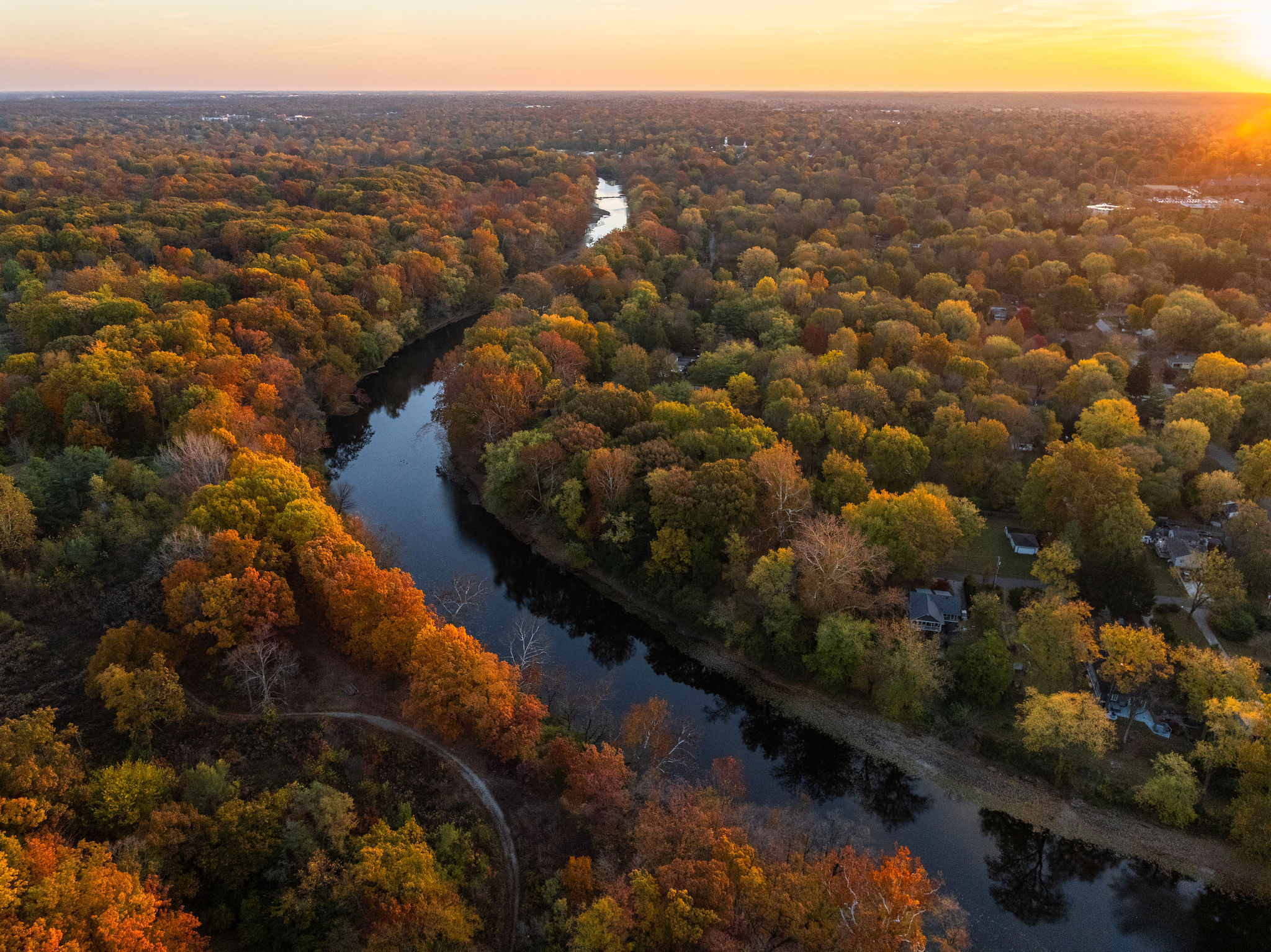

December 9, 2025
Board member Ryan C. Fuhrmann, CFA, is President and founder of Fuhrmann Capital LLC, an Indiana-based investment management firm. As our incoming board chair, Ryan brings a strong desire to preserve natural habitats for wildlife. We asked him to share his perspective on making gifts of stock to the [...]
Newsroom





